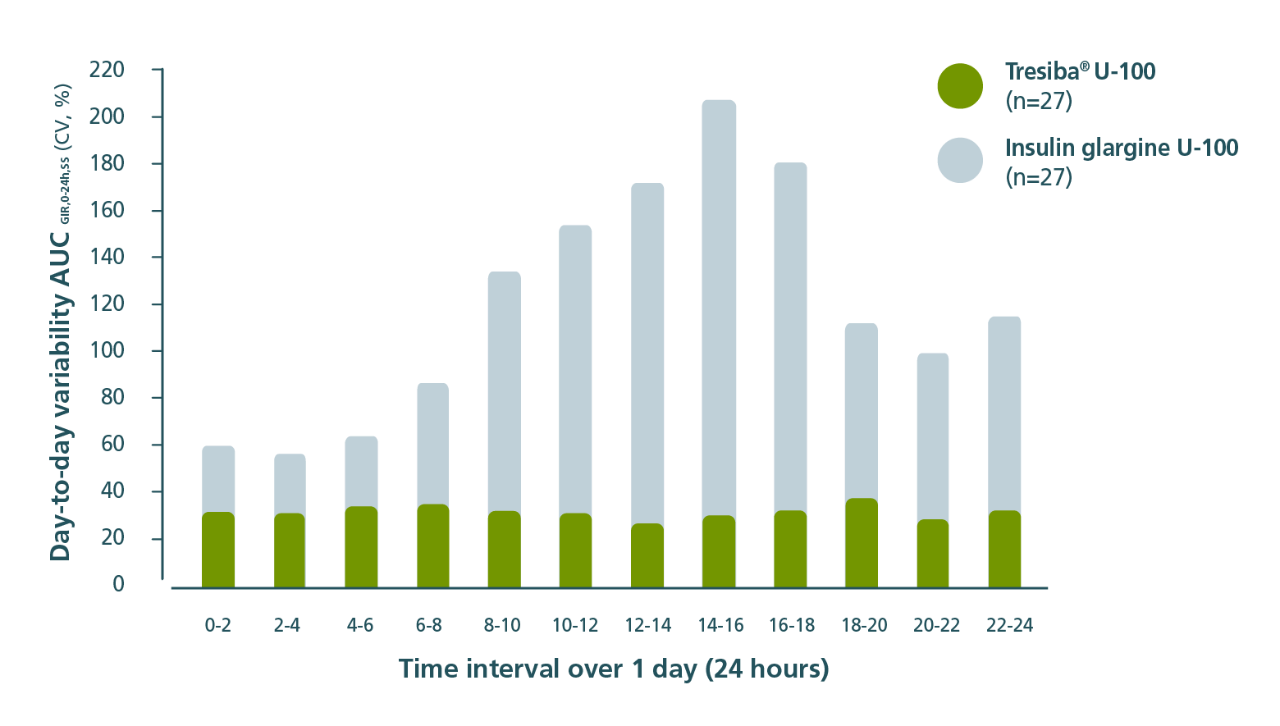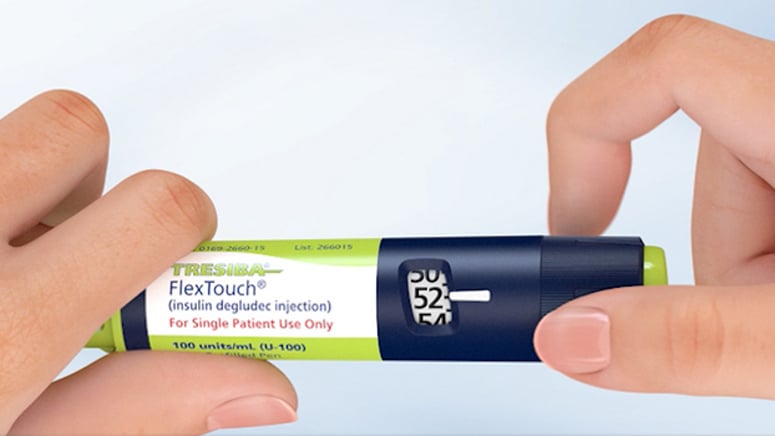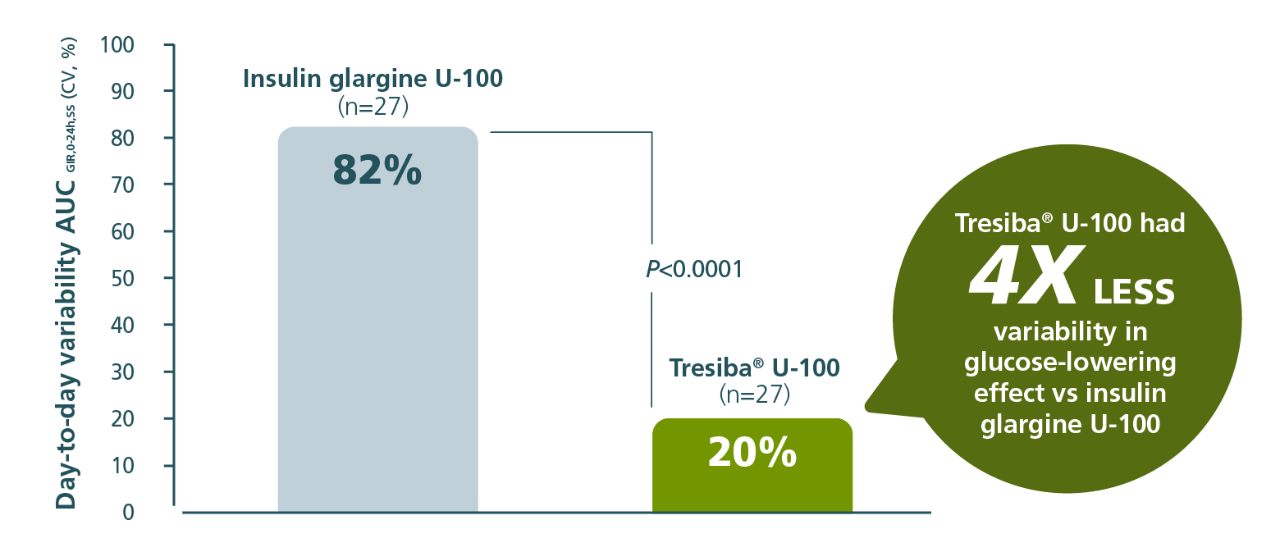How Long Does It Take For Tresiba To Start Working

Imagine a crisp autumn morning, the scent of cinnamon hangs in the air, and Sarah is meticulously preparing her breakfast. For Sarah, like millions living with diabetes, starting the day right also means ensuring her insulin is on board. But with so many options, a common question echoes: How long does it take for Tresiba to really kick in?
Understanding the onset and duration of action of insulins, especially long-acting ones like Tresiba, is crucial for effective blood sugar management. This article explores the specifics of Tresiba's action, clarifying timelines and offering practical insights for people navigating their diabetes care.
Understanding Basal Insulin and Tresiba's Role
Basal insulin, often referred to as background insulin, plays a vital role in keeping blood glucose levels stable throughout the day and night. It works by slowly releasing insulin into the bloodstream, mimicking the natural function of a healthy pancreas between meals and during sleep.
Tresiba (insulin degludec) is an ultra-long-acting basal insulin designed to provide a consistent and steady release of insulin over an extended period, typically lasting beyond 42 hours.
The Onset of Action: A Gradual Process
Unlike rapid-acting insulins, which begin working within minutes, Tresiba's onset is much more gradual. Clinical studies indicate that Tresiba starts to lower blood sugar levels within a few hours after the initial injection.
However, it takes several days of consistent daily injections for Tresiba to reach its steady state, where the full and consistent effect is achieved. This steady state typically occurs after 3-4 days of regular use.
This means that while you'll see some initial impact, the most reliable and predictable blood sugar control comes with continued, consistent administration.
Factors Influencing Tresiba's Effectiveness
Several factors can influence how quickly and effectively Tresiba works for an individual. These include injection technique, individual metabolism, diet, exercise, and other medications being taken.
Proper injection technique, such as rotating injection sites and avoiding injecting into scar tissue, is crucial for ensuring consistent absorption.
According to Novo Nordisk, the manufacturer of Tresiba, individual responses may vary, and it's essential to work closely with your healthcare provider to determine the right dosage and timing for your specific needs.
Practical Implications for Diabetes Management
The gradual onset of Tresiba highlights the importance of patience and consistency when starting or adjusting your dosage. It's crucial to regularly monitor your blood sugar levels, especially during the first few days of use, to assess how your body is responding.
If you're switching from another basal insulin, your doctor will guide you through the transition process, which may involve adjustments to your dosage to prevent hyperglycemia or hypoglycemia.
Always communicate openly with your healthcare team about any concerns or unexpected changes in your blood sugar levels. They can provide personalized guidance and make necessary adjustments to your treatment plan.
Living Well with Tresiba: A Personalized Approach
Managing diabetes effectively involves more than just understanding the science of insulin. It's about integrating that knowledge into your daily life, making informed choices, and building a supportive relationship with your healthcare team.
Tresiba can be a valuable tool in achieving stable blood sugar control, but its success depends on consistent use, proper technique, and a proactive approach to your overall health.
Remember Sarah? By understanding how Tresiba works and collaborating with her doctor, she can confidently navigate her day, knowing she's taking the right steps to manage her diabetes and live a full, active life.
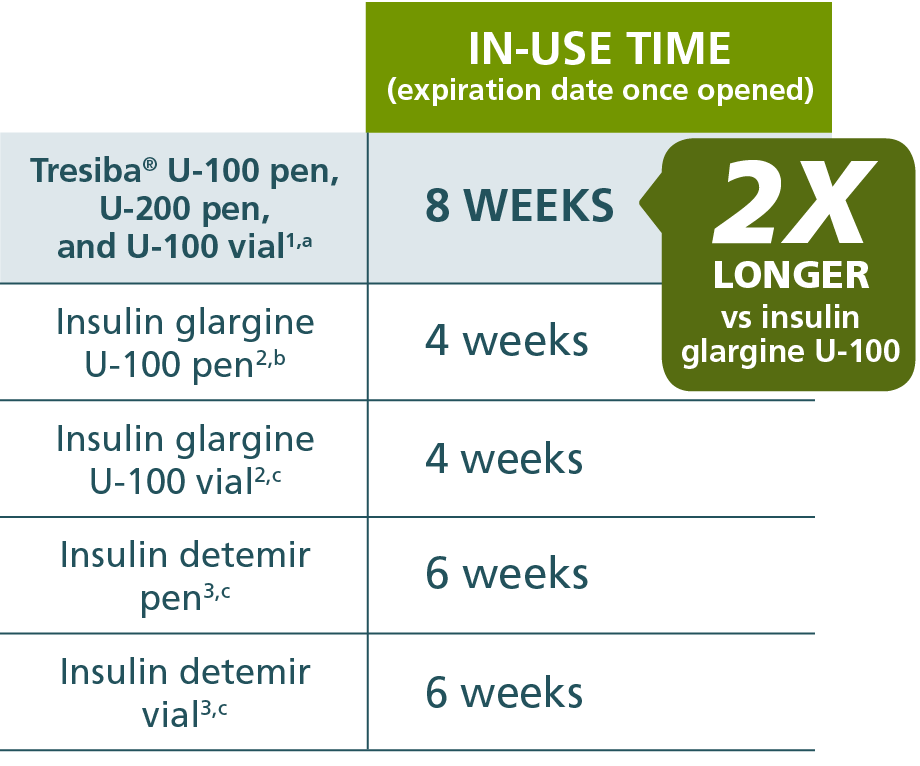
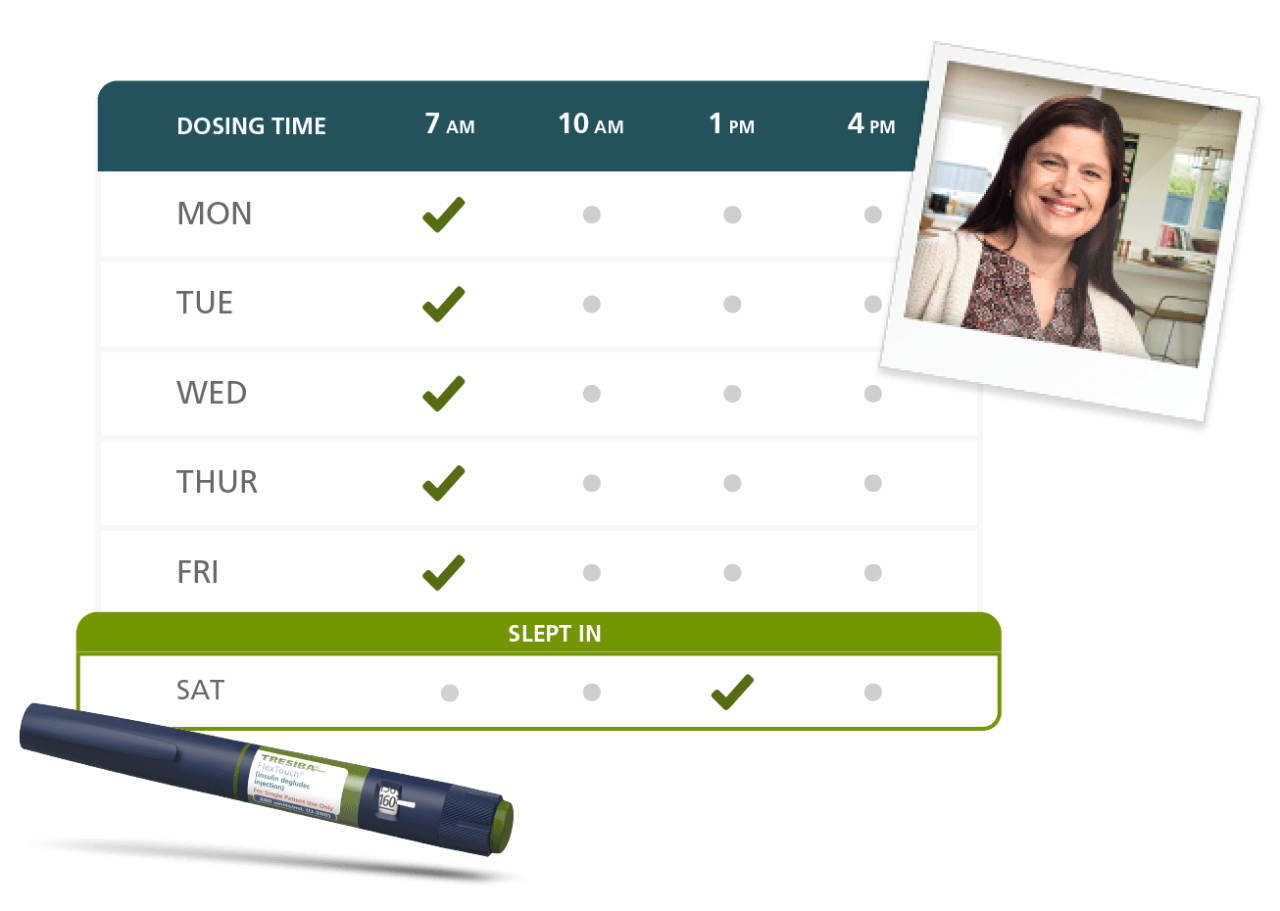
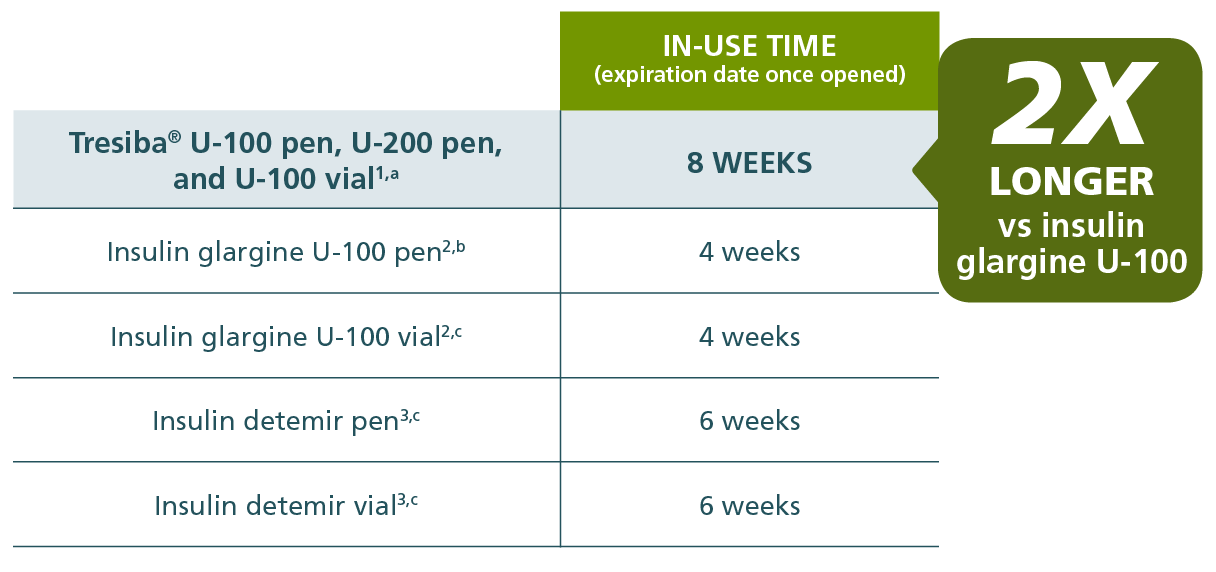
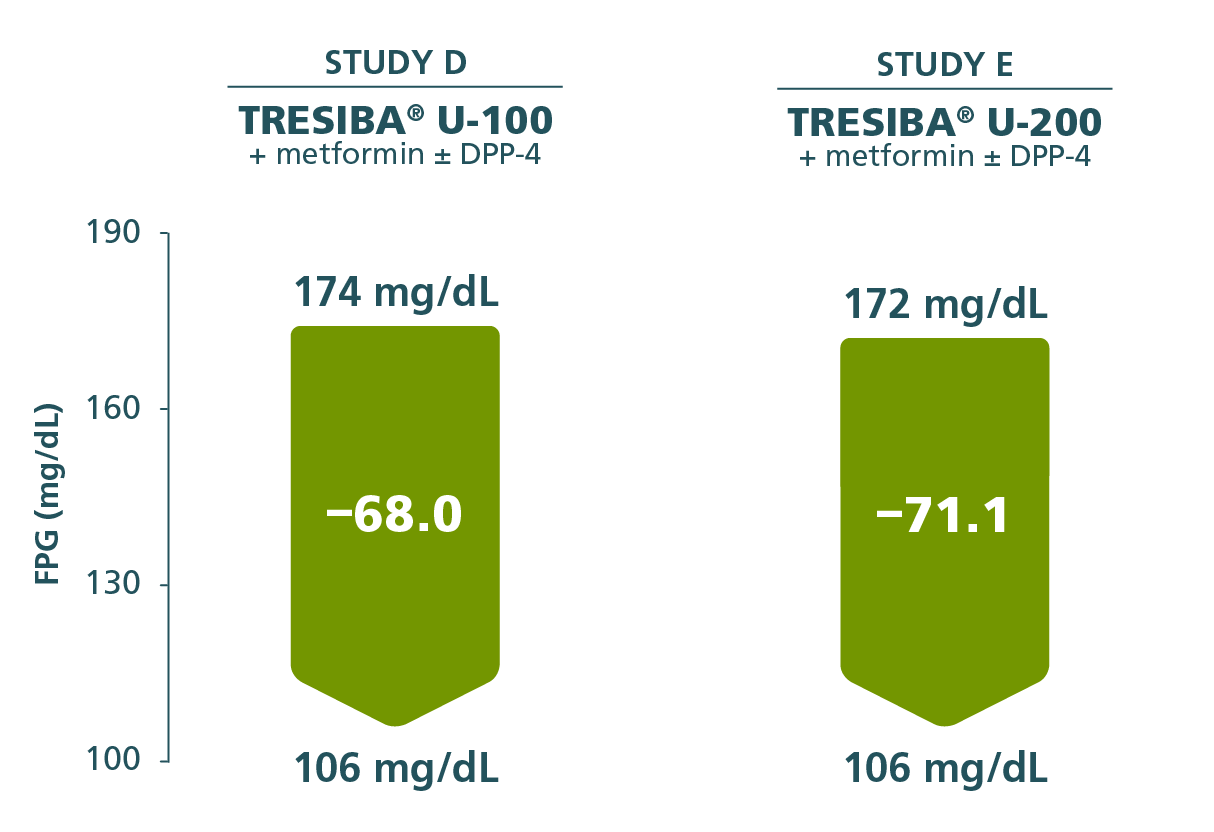


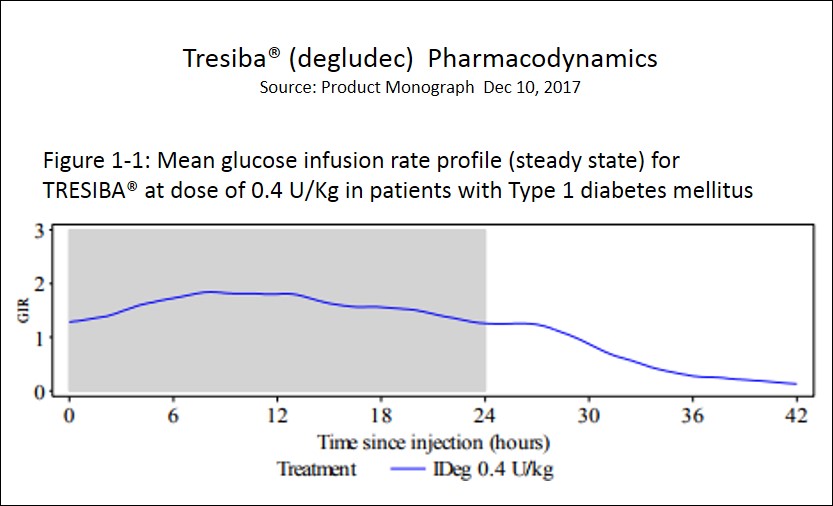
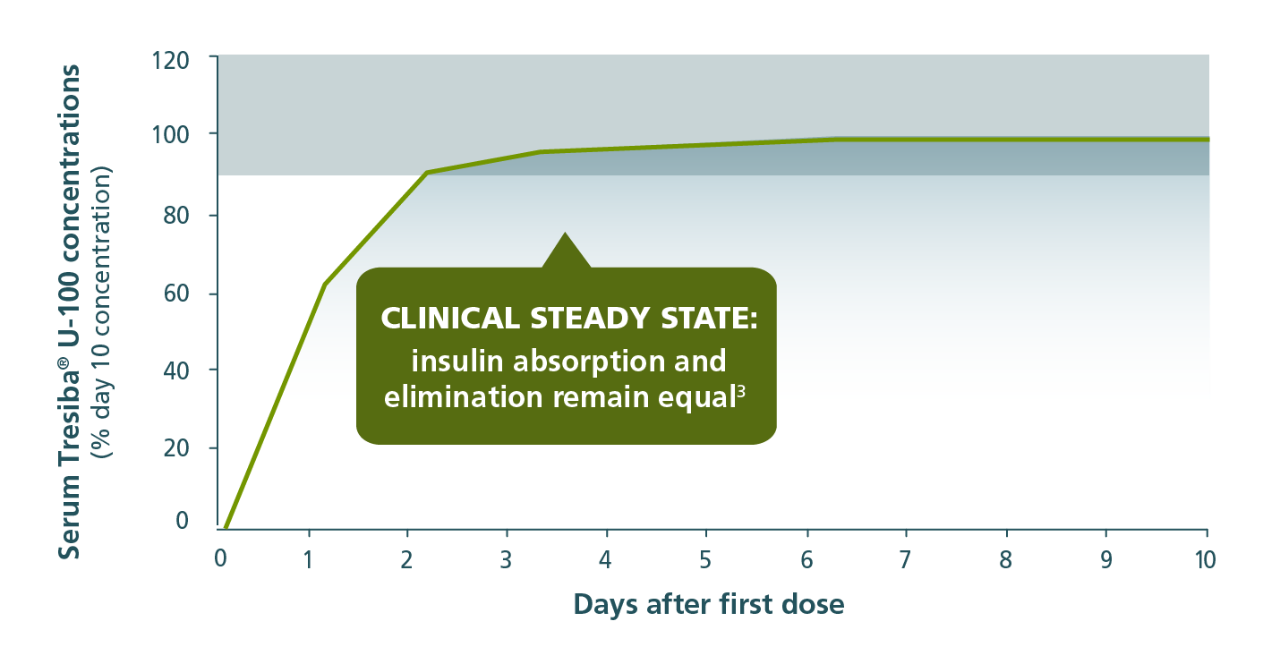
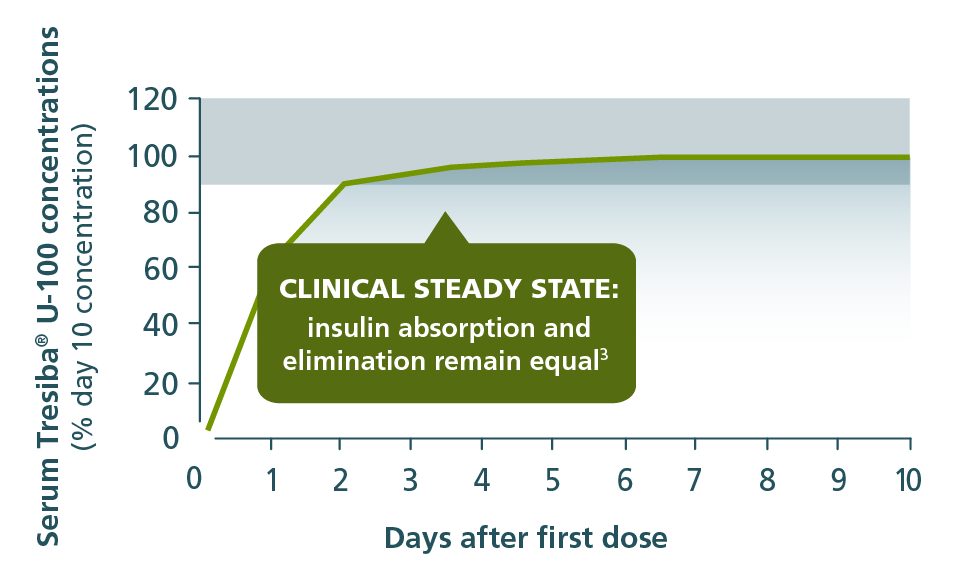
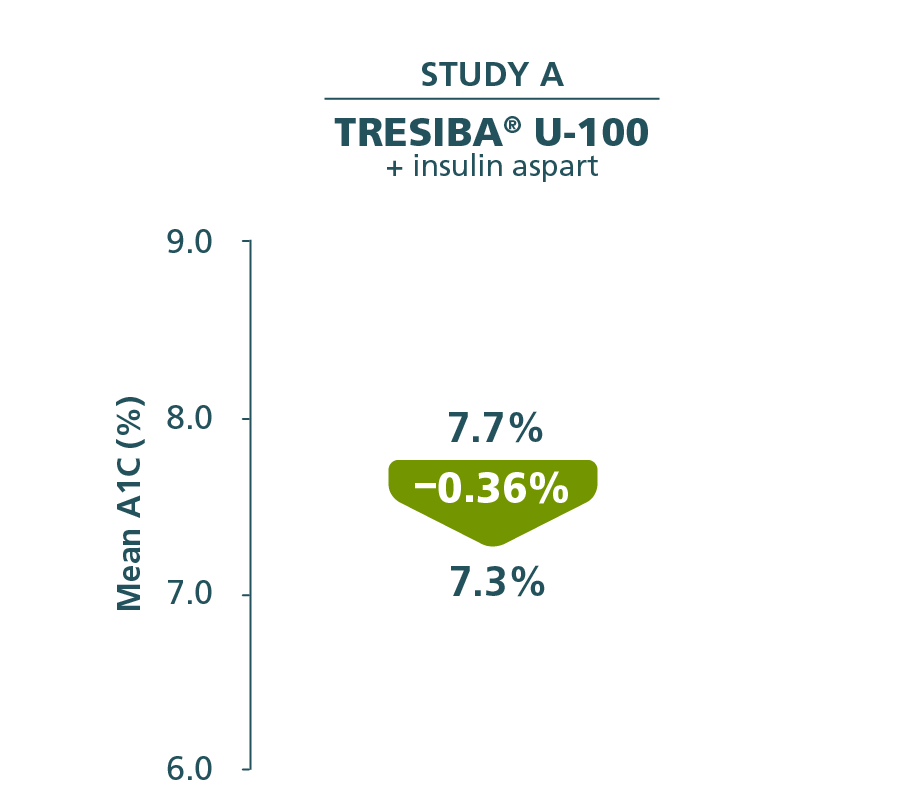


14.jpg)
